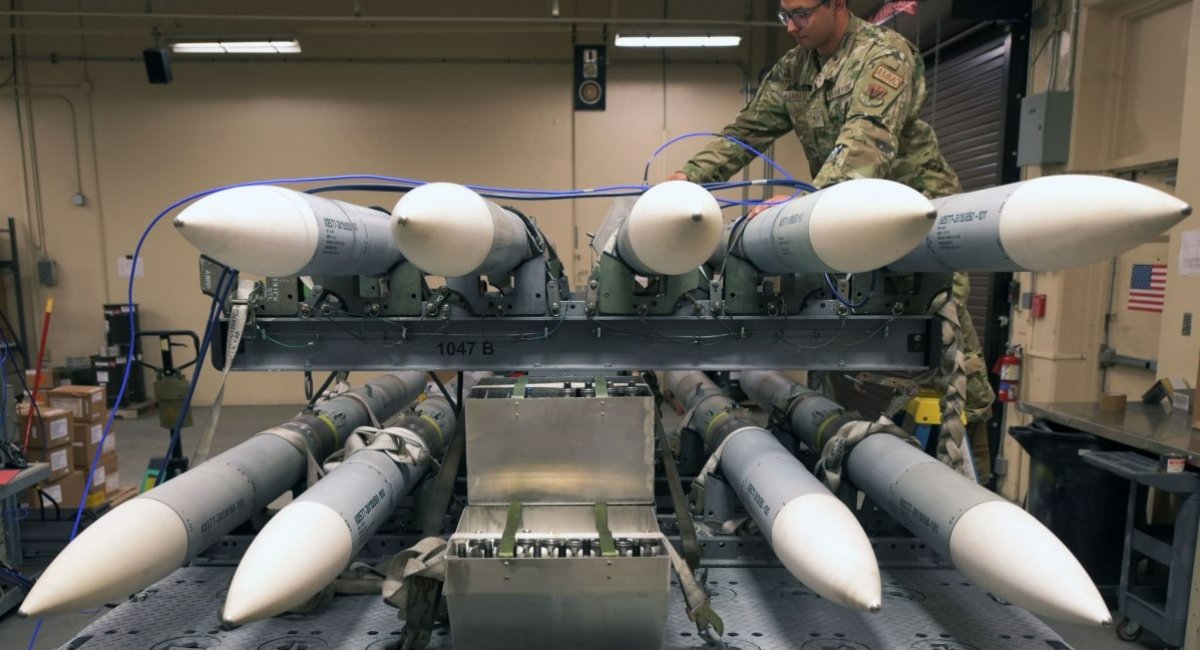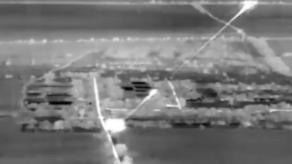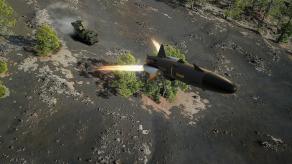The U.S. Department of Defense has not only confirmed the suspension of previously approved military aid to Ukraine, but signaled a far deeper and more systemic problem on the horizon.
During an official briefing, Pentagon Press Secretary Sean Parnell stated that the pause affects aid to Ukraine and several other countries, citing an internal review to "ensure U.S. military aid aligns with our defense priorities," calling it a "pragmatic step."
Read more: Ukraine is Ready to Lay Out $30 to $50 Billion For U.S. Weapons: Pricing, Queues, and Delivery Costs
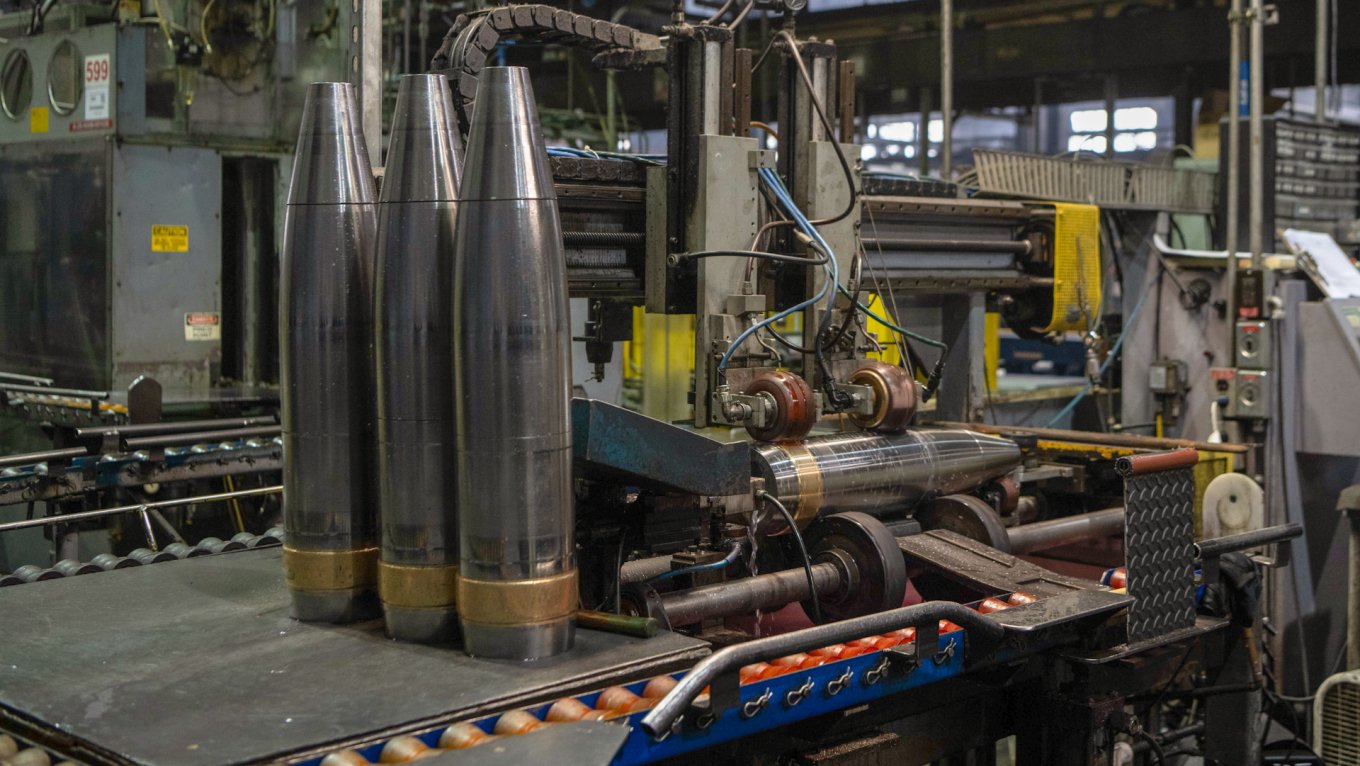
He added that the "Department will not provide updates regarding quantities or types of munitions provided to Ukraine, or timelines associated with that materiel."
This review, as described, is meant to assess the actual stockpiles of weapons and how critical they are to U.S. defense readiness. It will then allow the President and Secretary of Defense to make decisions. It is also taking place within the framework of the "America First" doctrine — a Trumpist slogan that has evolved into a broader policy of strategic isolationism and reorientation toward the Indo-Pacific, both militarily and economically.
As Defense Express warned in a series of articles previously, "America First" is not just a political phrase, but a shift that undermines Europe’s role in the global security architecture and takes the responsibility for Europe's defense off the U.S. shoulders.
Importantly, the suspension targets deliveries under the Ukraine Security Assistance Initiative (USAI), which funds arms procurement from U.S. manufacturers — not from existing Pentagon stockpiles. These weapons, already contracted and expected by 2027, include both newly produced systems and restored legacy equipment.
Importantly, it was the USAI program that was supposed to bring huge quantities of already paid ammunition and missiles worth billions of dollars to Ukraine.
In effect, the Pentagon announced a reassessment of the allocation of future weapons production, not merely the transfer of spare Patriot missiles or a few thousand 155mm shells. The department will decide where all of the new production will go: to U.S. reserves, to Ukraine, or elsewhere — but strictly in line with "America First" priorities.
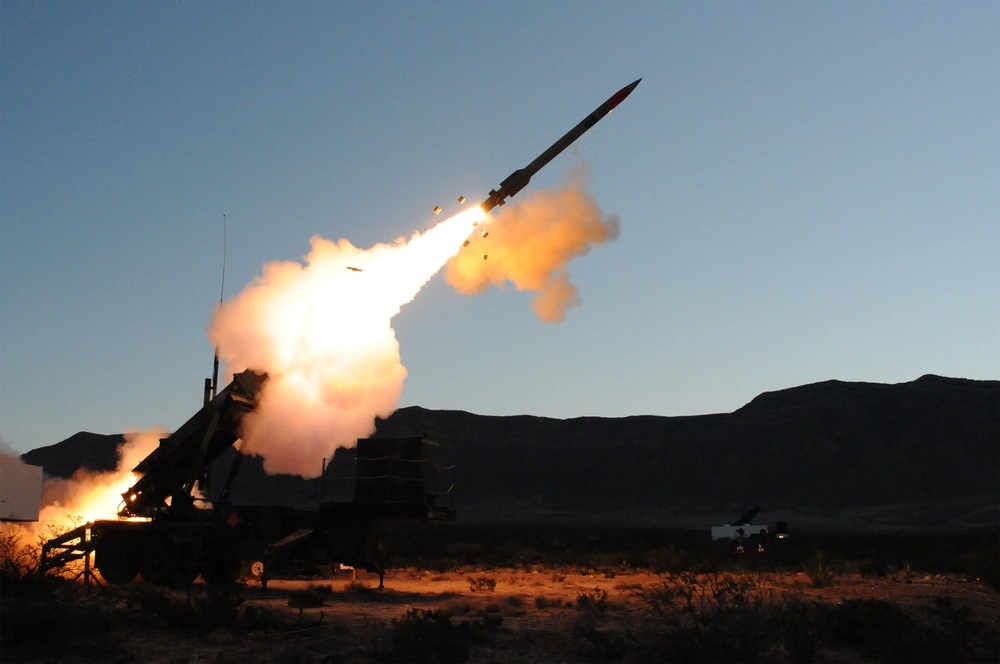
For instance, the U.S. currently produces 600 PAC-3 MSE interceptors per year, essential for countering ballistic missiles. These are distributed among all global operators of the Patriot system, including Japan, which assembles about 30 annually from American components (though still limited by Boeing making only 600 homing heads annually).
To repel a single Iranian missile strike on Al Udeid Air Base in Qatar, two Patriot batteries reportedly fired between 28 and 56 missiles — and that was only the American contingent, not including Qatari systems.
This illustrates the looming risk: Washington could decide to direct the entire MSE output to U.S. forces, or perhaps 99% to itself, and 1% to allies like Ukraine. The same risk applies to 155mm artillery ammunition, where monthly U.S. output currently stands at 40,000 rounds — well below the promised 75,000. Under the "America First" framework, these munitions too could be withheld from Ukraine.
The main problem is that modern weapons are no longer simply a matter of money. They are constrained by time and production capacity. This explains, in particular, why Ukraine’s offer to purchase U.S. arms for $30–50 billion went unanswered.
Read more: Money Matter No More When it Comes to Weapons: Polish General Staff Describes Situation on Arms Market




